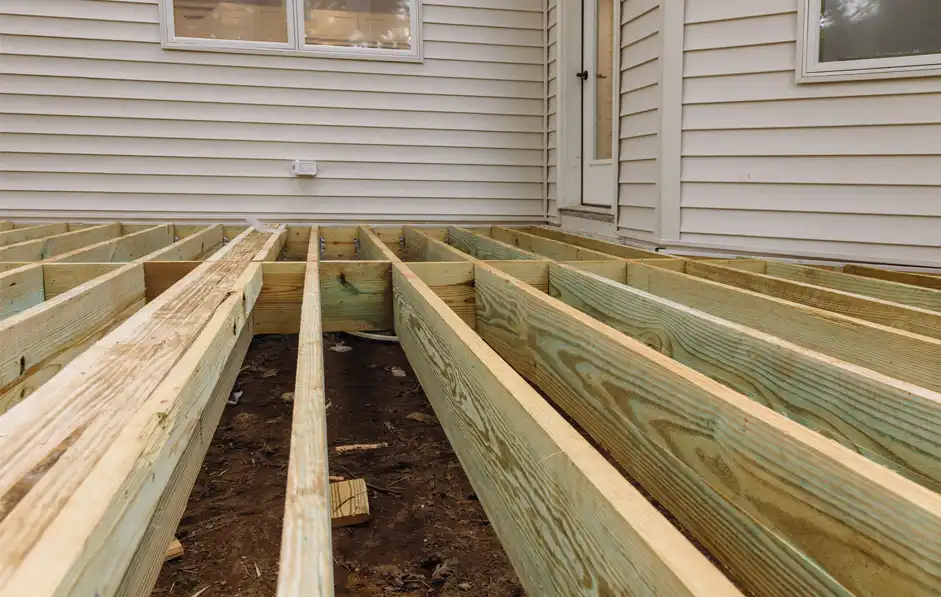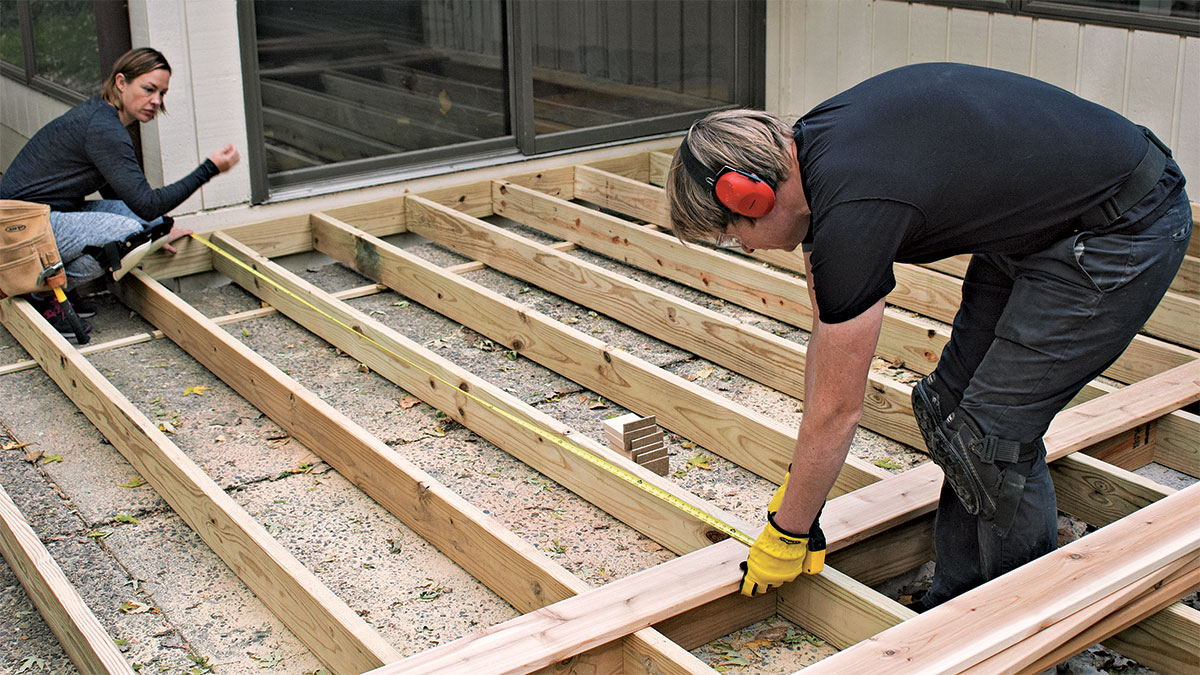If you want long-lasting results, invest in high-quality materials for your deck installation.
If you want long-lasting results, invest in high-quality materials for your deck installation.
Blog Article
How to Select the Right Materials for Your Deck Installation Job
Choosing the proper products for your deck installment task can appear overwhelming. There are numerous elements to think about, from toughness and upkeep to visual appeals and environmental effect. The selection between traditional timber and composite products, each with its very own set of benefits and downsides, can be particularly difficult. The trick is to stabilize your budget plan, design choices, and way of living requires to create a deck that will boost your exterior area for many years to find.
Comprehending the Various Kinds of Deck Materials
When beginning on a deck setup project, the option of products becomes a critical decision. Compound products, on the other hand, are a mix of timber and plastic, providing toughness and resistance to weather components. By understanding these distinctions, home owners can make a more informed choice on the most appropriate deck product for their certain demands.
Examining the Toughness and Maintenance Needs of Deck Products
Evaluating the resilience and upkeep demands of deck materials is an important step in deck setup. Resilience includes the material's ability to stand up to severe weather problems, wear and tear, and its durability.
Understanding upkeep requirements is just as crucial. Some materials call for routine securing or discoloring to maintain their look and resist dampness damage, while others, like composite outdoor decking, demand much less upkeep. By evaluating these aspects, one can select one of the most appropriate outdoor decking product, making certain a balance in between sturdiness, upkeep requirements, and visual appeal.
Expense Analysis: Comparing Timber and Composite Decking
Although expense may initially seem like a secondary concern, it is a significant aspect when comparing wood and composite outdoor decking. On the various other hand, composite decking, while more expensive initially, requires much less upkeep, potentially decreasing long-term prices. Possible deck owners should consider their budget and readiness to keep their decks when making a decision between timber and composite outdoor decking.
Appearances and Layout Versatility of Decking Materials
While cost is an essential factor to consider, the aesthetic appeal and layout versatility of decking products likewise play a significant duty in the decision-making procedure. Different products use varying levels of visual charm. For example, all-natural wood decking gives a timeless, ageless look, while composite materials offer a vast array of colors and textures to suit diverse preferences and designs. Similarly, style flexibility refers to the capacity to shape and control the outdoor decking material to satisfy specific style needs. Timber, for instance, provides high style adaptability due to its ease of cutting and shaping. Composite products, while much less flexible in design, are still adaptable sufficient for the majority of deck designs. These elements, therefore, are important components in the choice of decking material.
Environmental Influence of Decking Products
When selecting outdoor decking materials, one must consider not just visual appeals and durability, but likewise the environmental effect. It is necessary to evaluate the sustainability of products and discover recycled decking alternatives. Moreover, understanding the prospective influence on neighborhood ecosystems will ensure a more environmentally responsible choice.
Evaluating Product Sustainability
In the world of deck building, assessing product sustainability is a critical step. This involves examining the environmental impact of each possible material, taking into consideration aspects such as the energy needed look these up for its production, its carbon impact, and its end-of-life disposal or recycling choices. Wood is a sustainable resource, however unsustainable logging techniques can lead to deforestation. Conversely, composite decking products frequently incorporate wood and plastic, minimizing the need for new hardwood but boosting dependence on fossil fuels. Aluminum and various other steels may be a lot more durable and recyclable, but their extraction and handling can be energy-intensive. Thus, the option of outdoor decking products should stabilize capability, view it looks, cost, and sustainability to make sure a liable and lasting setup.
Recycled Decking Alternatives

Compound decking is especially prominent due to its durability and convenience of upkeep. It's resistant to rot, bugs, and fading, making it a long-lasting choice. Recycled plastic outdoor decking, on the other hand, is highly resilient and calls for very little upkeep. While these materials may carry a greater initial cost, their durability and decreased environmental influence make them a sensible financial investment for the eco-conscious property owner.

Impact on Local Communities
While the benefits of utilizing recycled products for decking can not be overemphasized, it's equally crucial to think about the wider environmental implications of these choices. Correct disposal of old decking is important to minimizing land fill waste. Basically, an eco-conscious deck job demands mindful material selection, lasting sourcing, and accountable disposal.
Making Your Decision: Tips for Choosing the most effective Deck Products
As the post shifts into the subtopic of "Making Your Last Decision: Tips for Picking the most effective Deck Materials", it is critical to recognize the variety of deck products available. Striking a see it here balance between toughness and appearance is necessary in this selection procedure. The following conversation will lead readers in making an enlightened choice based upon these key factors to consider.
Understanding Various Deck Materials
The task of choosing the best products for your deck installment can appear discouraging due to the substantial array of alternatives readily available. Plastic or PVC decks are also extra durable and call for much less maintenance than composite materials, but they can look less natural. Aluminum decks are strong, lightweight, and resistant to rot, but they are also the most costly choice.
Resilience vs. Aesthetics Balance
Stabilizing resilience with visual appeals can be an obstacle when choosing deck products - deck installation. High-traffic areas may require sturdy materials like composite decking, which stands up to wear and tear yet might lack the natural appeal of timber. Homeowners need to strike a balance, thinking about both the deck's sensible needs and their aesthetic preferences.
Final thought
Finally, choosing the best materials for your deck installment task calls for cautious consideration of elements such as toughness, maintenance, cost, aesthetic appeals, and environmental impact. Whether you go with typical timber or composite products, your option needs to straighten with your budget, layout preferences, and lifestyle. Ultimately, the best decking material is one that improves your outside area and offers enjoyment for several years ahead.
Report this page